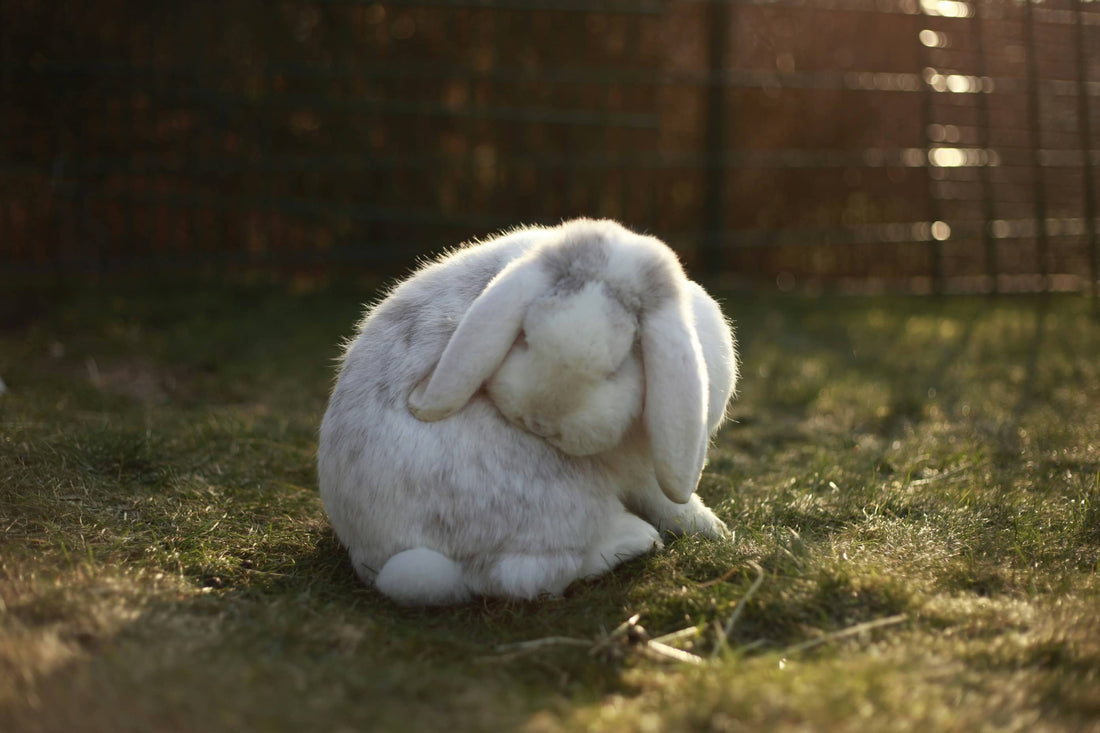
The Softest Yarn: How to Find Yarn That Won’t Make You Itch
Share
We’ve all seen it: a 100% wool sweater that’s soft, warm, and luxurious, right next to another 100% wool sweater that’s pilled, ragged, and itches like it’s got fleas. But they’re made of the exact same material! How can one be so much softer than the other?
If you’ve ever wondered what makes some materials softer than others, we’ll explain what you can look for to make sure you’re getting the softest yarn available–even if you’re shopping online!
Fabric softness isn’t just a matter of personal preference—the main factors that make one yarn softer than another are the fiber(s) used to make the yarn and the way the yarn is made. Still, in some cases, the yarn can also be treated to make the final product even softer.
Ranking Materials by Softness
When we talk about the different materials used to make yarn, there are two categories to consider: single-fiber yarns and blends. As their names suggest, single-fiber yarns are made using the same material, while blends are made using a combination of different materials.
With single-fiber yarns, softness is measured using the intrinsic properties of the fibers, including their micron count—the measurement of fiber diameter—and staple length, which refers to the average length of the fibers. Softer yarns generally have a lower micron count and a longer staple length.
With blends, there are a variety of reasons yarn spinners might select different materials to make a yarn but in terms of making a yarn softer, silk, cashmere, acrylic, or even cotton are often blended with alpaca or wool to help make the yarn softer.
- Cashmere often tops the softness charts due to its ultra-fine fibers, typically ranging around 14–19 microns, which provide a luxuriously smooth, buttery feel even though its staple length tends to be shorter.
- Wool usually falls between 18–24 microns.
-
Alpaca fibers, with moderate micron counts and medium staple lengths, offer a silky texture that is naturally hypoallergenic due to minimal lanolin.
-
With cotton, high-quality variants like Egyptian or Pima cotton are renowned for their long staple lengths, which produce finer, smoother yarns, though softness can vary depending on how it was processed and the diameter of the fiber.
- Synthetic fibers like polyester and acrylic are engineered to emulate the softness of natural fibers but aren’t typically measured by micron count.
Learn about the different grades of materials in “Exploring the Characteristics of Different Fibers”
While natural fibers generally lead in softness due to optimal micron counts and staple lengths, the final tactile quality also depends on the grade and processing of the material. For example, even though alpaca is generally considered softer than sheep’s wool, it’s not difficult to find higher grades of wool that are much softer and less itchy than lower grades of alpaca.
Understanding Worsted vs. Woolen Yarn
How a yarn is processed also plays a critical role in determining its texture and softness. There are a lot of different ways to make yarn, but each method is based on one of two ways of making yarn: worsted and woolen. Each method has its merits—worsted yarns are excellent for structured garments and durability, while woolen yarns provide warmth and a plush texture ideal for cozy, casual wear.
Worsted yarn is made from long, smooth fibers that are carded and combed to remove shorter fibers, resulting in a yarn that is dense, smooth, and strong. This produces a fabric with a refined appearance and a firm feel.
On the other hand, woolen yarn retains more of the shorter fibers, is spun more loosely, and traps more air. This process creates a yarn that’s typically lighter and fluffier, though it may be less uniform.
Woven, Knit, and Crocheted Fabrics: A Softness Comparison
In addition to the yarn-making method, the technique used to construct a fabric is as important as the fibers themselves when it comes to softness.
Woven fabrics are created by interlacing warp and weft threads, resulting in a structured material that varies from crisp to supple depending on the weave. They tend to be less stretchy and might feel firm unless brushed or finished in a way that enhances softness.
Knitted fabrics, however, are built from interlocking loops that naturally allow for more stretch and give, contributing to a softer, more flexible feel. This elasticity can make knitted items especially comfortable for garments that require ease of movement.
Crocheted fabrics often share similarities with knitted ones in terms of looped construction but are typically denser and can be crafted with varying tension. The resulting texture might be less uniform and, in some cases, stiffer than a well-executed knit. However, with the right yarn and technique, crochet can also yield remarkably soft and intricate fabrics.
Find Your Softness
Each aspect of fabric production—from fiber selection and yarn processing to the crafting technique—plays an essential role in defining the softness of a fabric. By understanding these factors, you can make more informed choices when selecting materials for your next cozy sweater or art project.